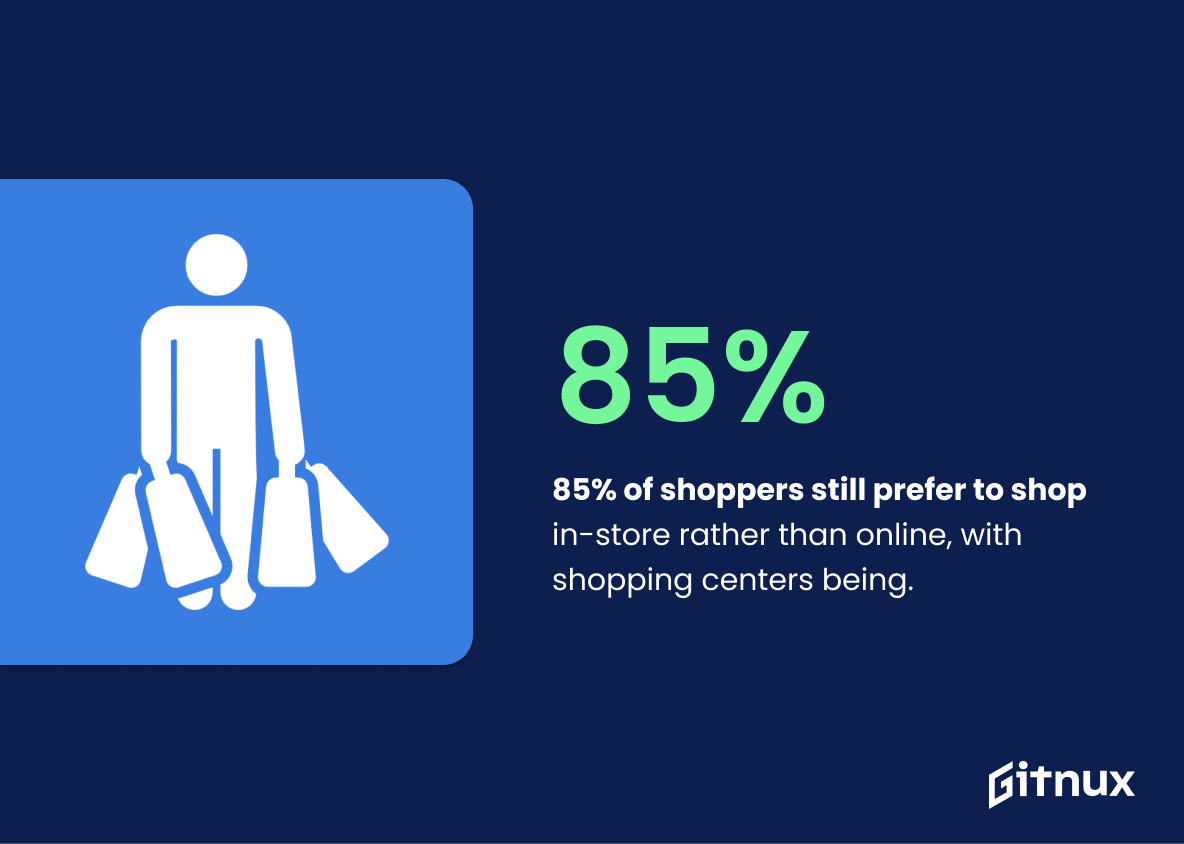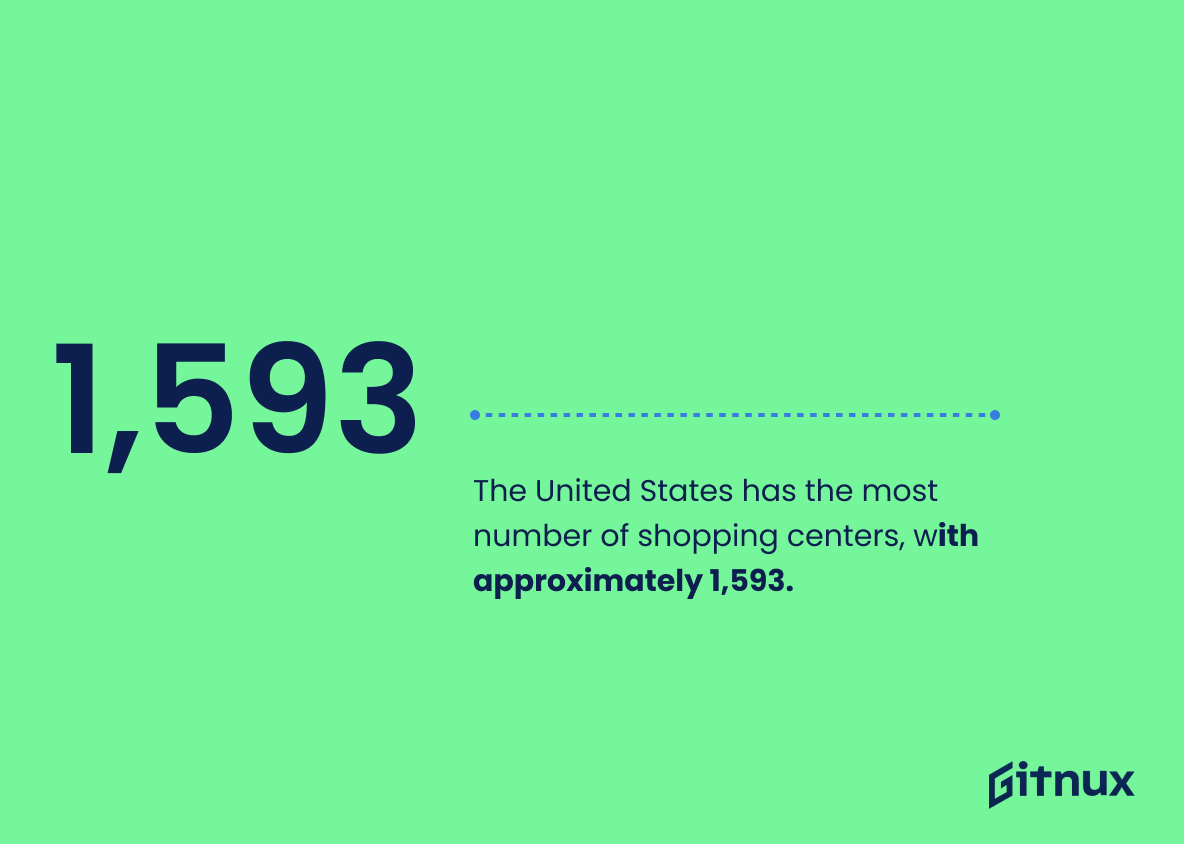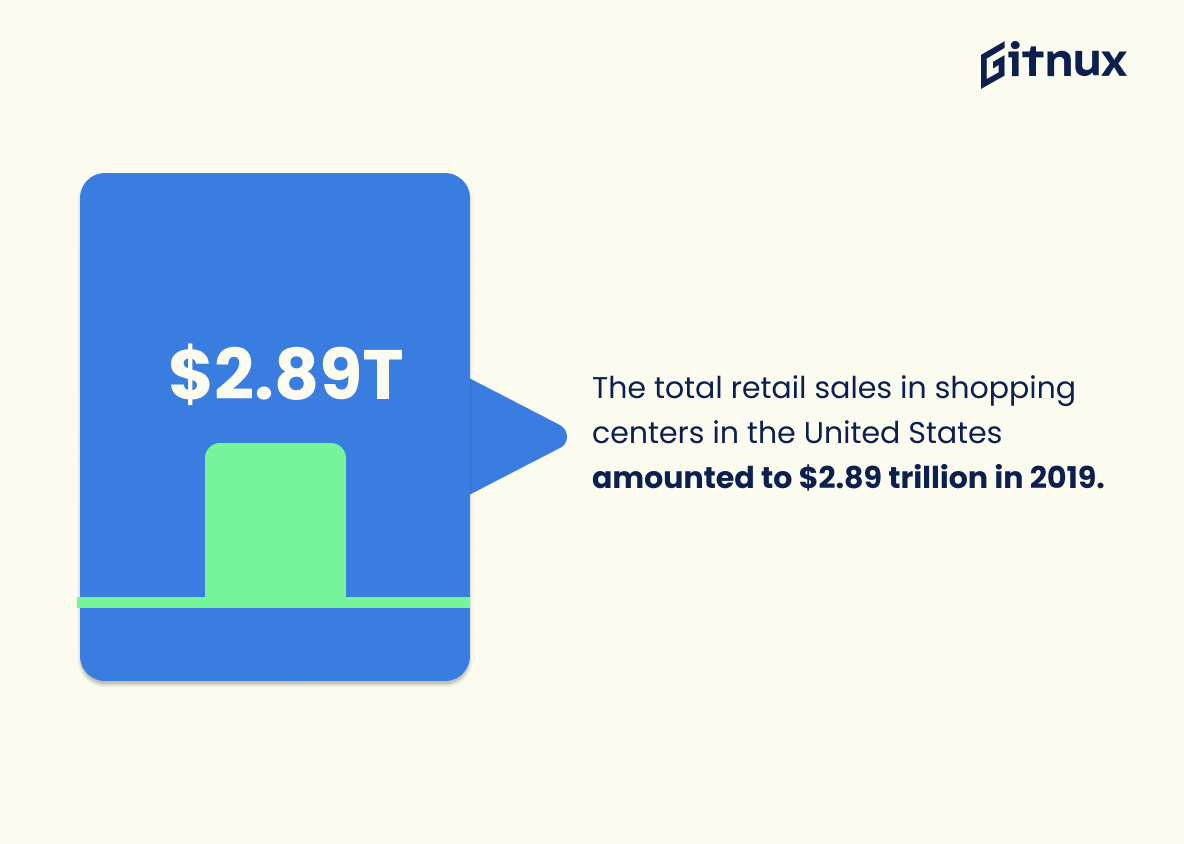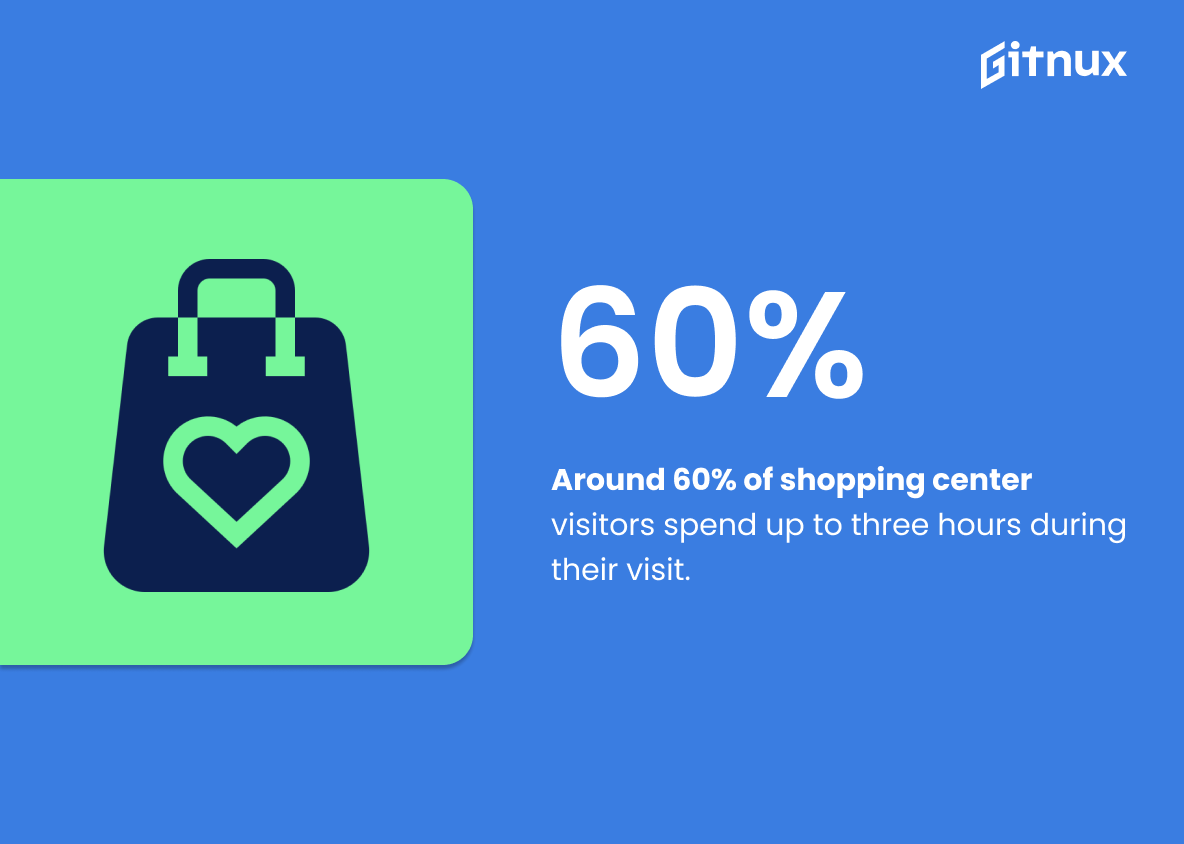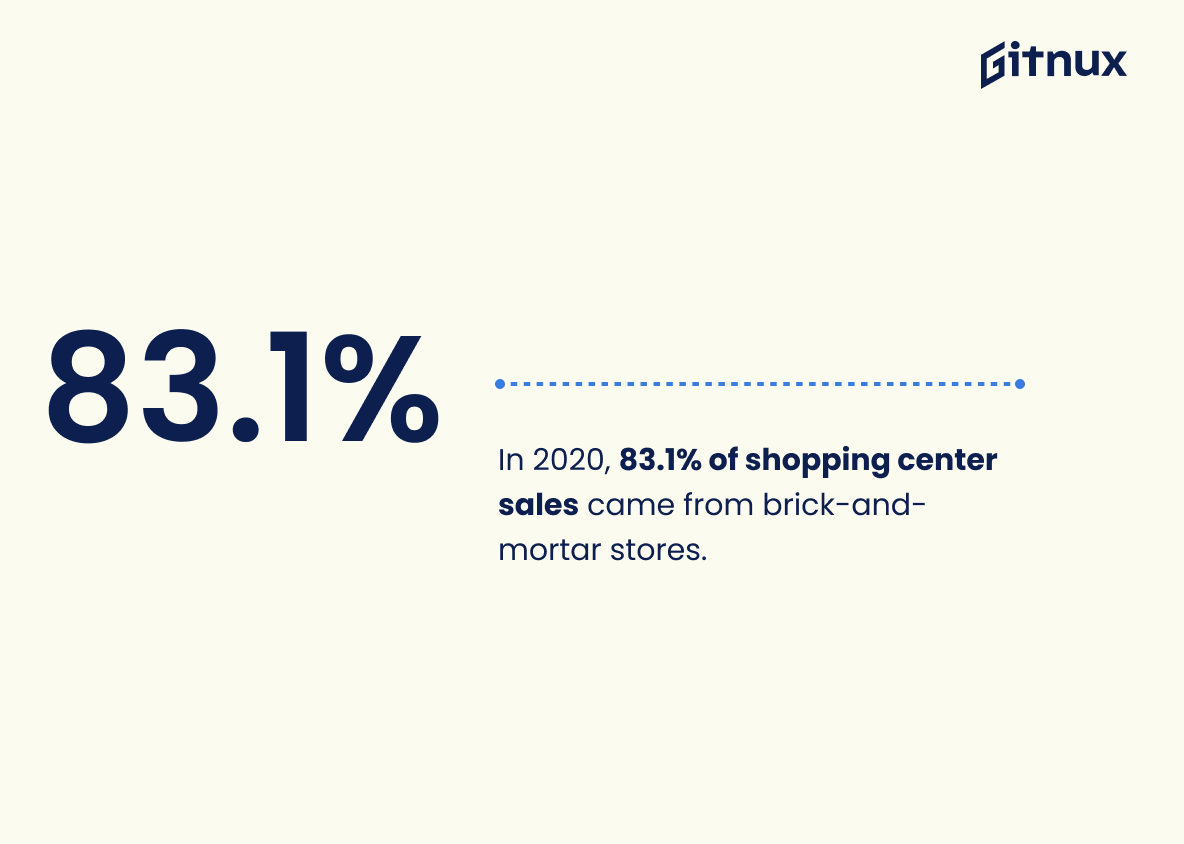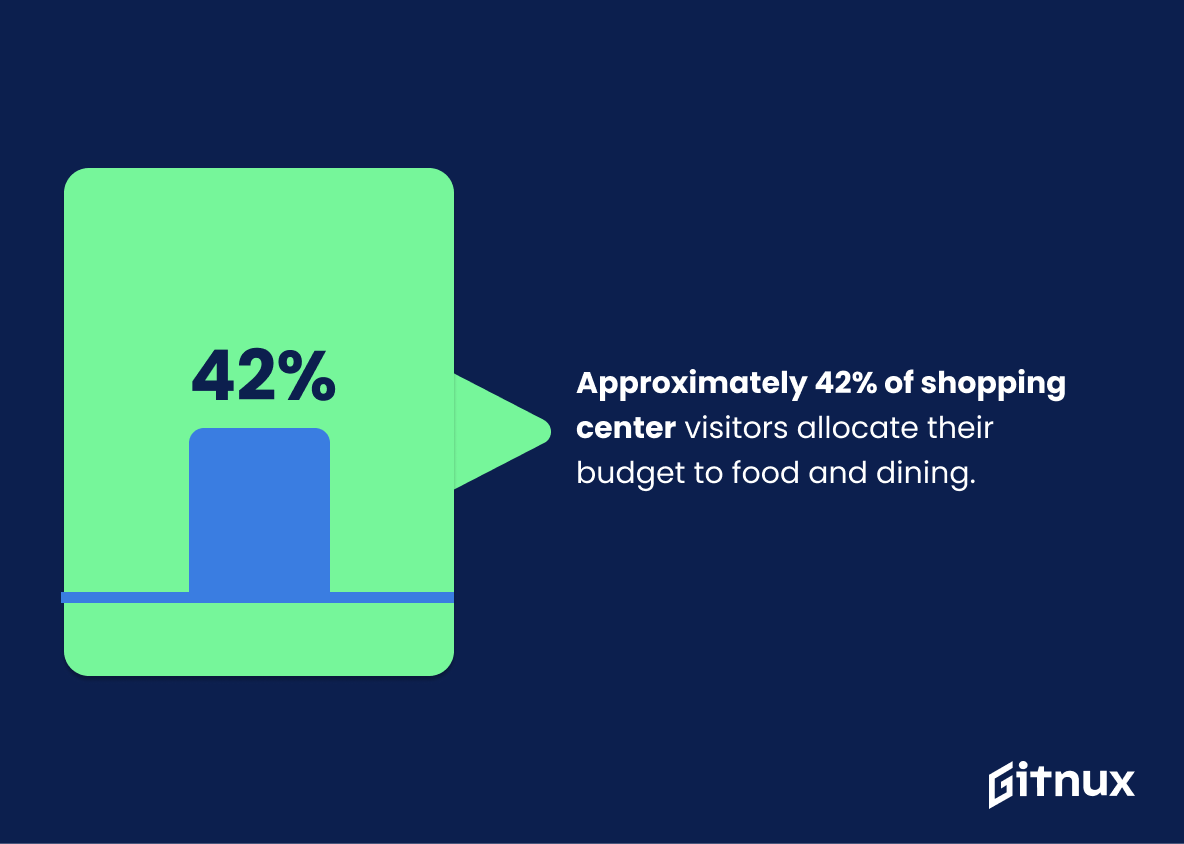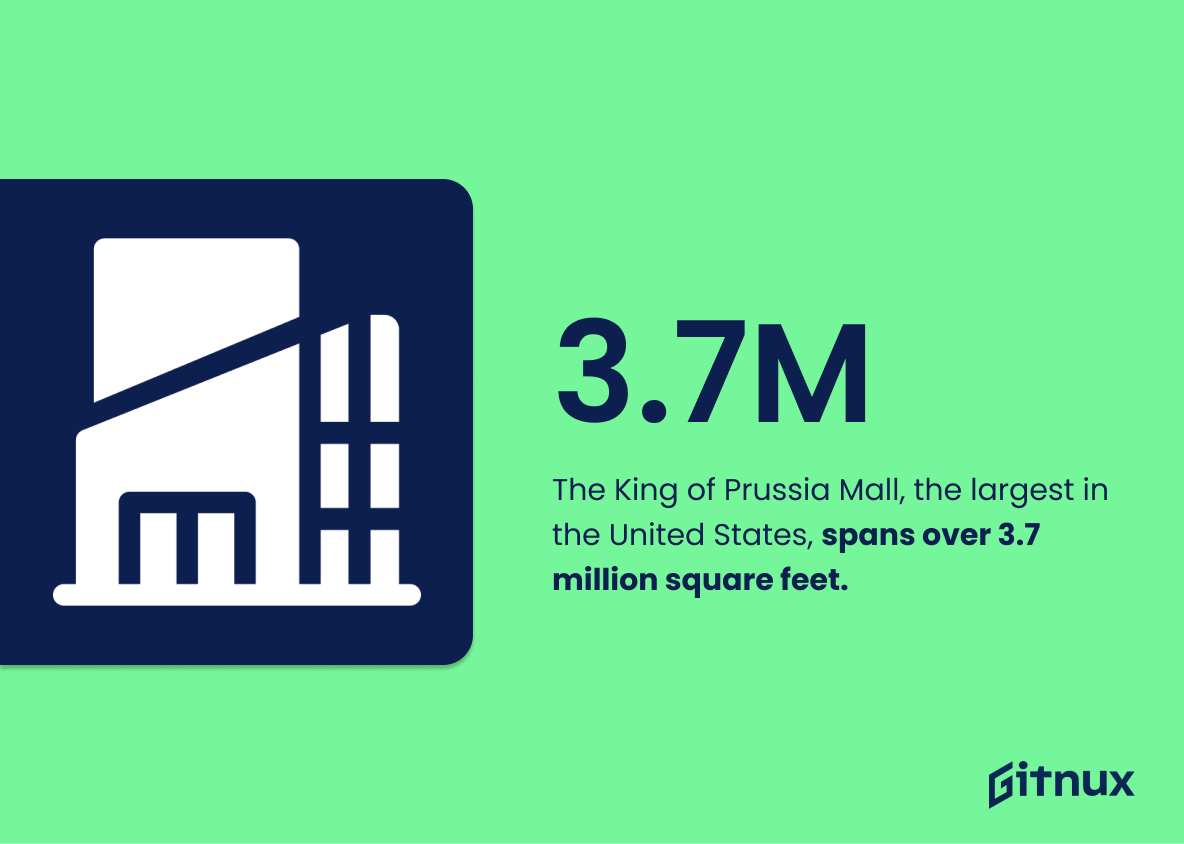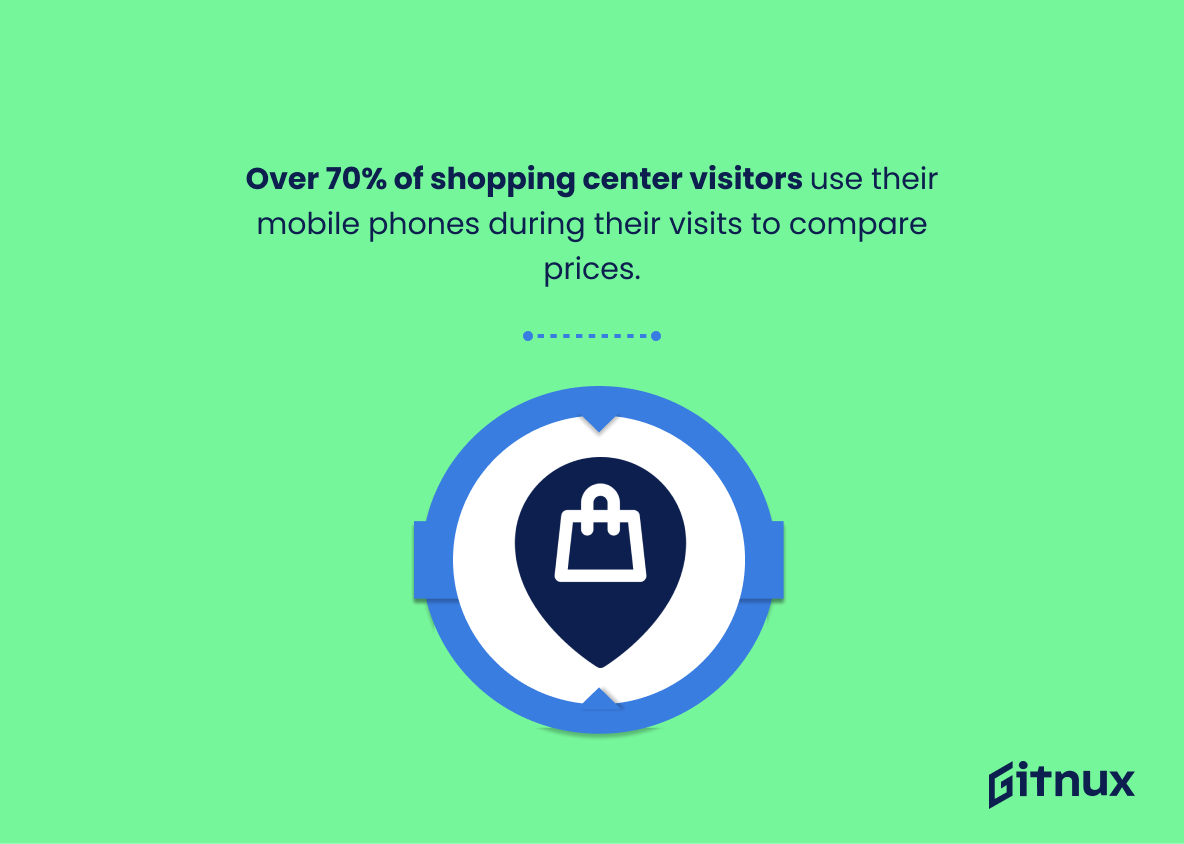Shopping centers have been a staple of the retail industry for decades, and their importance has only grown in recent years. As consumers continue to flock to shopping centers for convenience, entertainment, and socialization opportunities, it is important to understand the current state of this market. This blog post will explore various statistics related to shopping center markets around the world including growth projections, vacancy rates, average rent prices per square foot as well as consumer spending habits within these spaces.
We’ll also take a look at some interesting facts about the largest malls globally and how technology is impacting shoppers’ experiences in-store. By understanding these key metrics we can gain insight into what makes shopping centers so popular with today’s consumers and how they are likely to evolve over time.
This statistic is a crucial indicator of the future of the shopping center market, providing insight into the potential for growth and expansion over the next seven years. It is an important piece of information for anyone interested in the shopping center industry, as it can help them plan their investments and strategies accordingly. With a projected CAGR of 3.15%, the shopping center market is set to experience steady growth, making it an attractive option for those looking to capitalize on the industry’s potential. This statistic is essential for anyone looking to stay up-to-date on the latest trends in the shopping center market.
The average rent for shopping centers in the United States in 2020 was $20.48 per square foot.
This statistic is a key indicator of the current state of the shopping center industry in the United States. It provides insight into the average cost of renting a shopping center, which can be used to compare the cost of renting a shopping center in different parts of the country. Additionally, it can be used to gauge the overall health of the shopping center industry, as higher rents typically indicate a more robust market. Ultimately, this statistic is an important piece of the puzzle when it comes to understanding the current state of the shopping center industry in the United States.
Shopping Center Statistics Overview
85% of shoppers still prefer to shop in-store rather than online, with shopping centers being the top choice.
This statistic is significant in the context of blog post about Shopping Center Statistics because it demonstrates the enduring popularity of shopping centers as a preferred destination for shoppers. It highlights the fact that, despite the rise of online shopping, the majority of shoppers still prefer to shop in-store, with shopping centers being the top choice. This indicates that shopping centers remain a viable and attractive option for shoppers, and can be used to inform decisions about the future of shopping centers.
As of 2021, there are over 116,000 shopping centers in the United States.
This statistic is a testament to the sheer number of shopping centers in the United States, highlighting the immense popularity of this type of retail space. It is a powerful indicator of the importance of shopping centers in the American economy, and serves as a reminder of the vast number of opportunities for consumers to shop and explore. This statistic is a valuable insight into the current state of the shopping center industry, and provides a useful reference point for further research into the sector.
The United States has the most number of shopping centers, with approximately 1,593.
This statistic is a testament to the fact that the United States is a shopping mecca, with more shopping centers than any other country. It speaks to the sheer size and scope of the retail industry in the US, and the importance of shopping centers in the American economy.
The total retail sales in shopping centers in the United States amounted to $2.89 trillion in 2019.
This statistic is a testament to the immense economic power of shopping centers in the United States. It highlights the fact that shopping centers are a major contributor to the US economy, generating billions of dollars in retail sales each year. This statistic is a reminder of the importance of shopping centers in the US economy and the need to ensure that they remain vibrant and successful.
Large shopping centers account for 36% of the total shopping center retail space in the United States.
This statistic is a telling indication of the prevalence of large shopping centers in the United States. It highlights the fact that a significant portion of the retail space in the country is occupied by these large shopping centers, which can have a major impact on the retail landscape.
Around 60% of shopping center visitors spend up to three hours during their visit.
This statistic is a telling indication of the shopping center’s success in providing an enjoyable experience for its visitors. It suggests that shoppers are spending a significant amount of time in the center, likely browsing the stores, dining in the restaurants, and engaging in other activities. This is a positive sign for the shopping center, as it indicates that customers are finding the center to be an enjoyable and worthwhile destination.
The average conversion rate for shopping center visitors ranges between 20% and 40%.
This statistic is a key indicator of the success of a shopping center, as it provides insight into how many visitors are actually making purchases. Knowing the average conversion rate can help shopping center owners and managers understand how effective their marketing and promotional efforts are, and what changes they can make to increase sales. Additionally, this statistic can be used to compare the performance of different shopping centers, allowing owners to identify areas of improvement and capitalize on successful strategies.
In 2020, 83.1% of shopping center sales came from brick-and-mortar stores, with 16.9% from online or e-commerce.
This statistic is a telling indication of the current state of shopping center sales, highlighting the fact that brick-and-mortar stores still dominate the market. It is a valuable insight for anyone looking to gain a better understanding of the shopping center industry, as it provides a clear picture of the current landscape. Furthermore, it can be used to inform decisions about how to best allocate resources and plan for the future.
Approximately 42% of shopping center visitors allocate their budget to food and dining expenses.
This statistic is a telling indication of the importance of food and dining expenses in the shopping center experience. It shows that a significant portion of visitors are allocating a portion of their budget to these expenses, suggesting that food and dining options are a major draw for shoppers. This is an important factor to consider when discussing shopping center statistics, as it provides insight into the preferences of shoppers and the types of services that are most attractive to them.
The largest shopping center globally, the South China Mall, spans over 7.1 million square feet.
This statistic is a testament to the sheer size of the South China Mall, highlighting its status as the largest shopping center globally. It serves as a reminder of the immense scale of the shopping center industry, and the potential for growth in this sector. It also serves as a benchmark for other shopping centers to strive for, and provides an indication of the potential for success in this field.
The King of Prussia Mall, the largest in the United States, spans over 3.7 million square feet.
This statistic is a testament to the sheer size of the King of Prussia Mall, highlighting its status as the largest shopping center in the United States. It serves as a reminder of the immense scale of the shopping center industry and the potential for growth in the sector.
Shopping centers in the European Union account for 49% of the total shopping center stock.
This statistic is a powerful indicator of the prevalence of shopping centers in the European Union. It highlights the importance of shopping centers in the region and the impact they have on the economy. It also shows the potential for growth in the sector, as well as the potential for investment in the sector. This statistic is an important piece of information for anyone interested in the shopping center industry in the European Union.
Over 30% of consumers in the United States claim better promotions would increase their shopping center visits.
This statistic is a powerful indicator of the potential impact that improved promotions could have on shopping center visits. It suggests that if shopping centers were to offer more attractive promotions, they could potentially draw in a significant portion of the consumer population. This could be a great opportunity for shopping centers to increase their customer base and boost their sales.
Approximately 74% of shopping center visitors make non-planned purchases.
This statistic is a testament to the power of shopping centers in influencing consumer behavior. It shows that the majority of shoppers are not just going to the mall to buy what they had planned, but are also being swayed by the environment and the products on offer. This highlights the importance of shopping centers in driving sales and providing an enjoyable shopping experience.
Over 70% of shopping center visitors use their mobile phones during their visits to compare prices, look for promotions, or check for product availability.
This statistic is a clear indication of the importance of mobile technology in the shopping center experience. It shows that shoppers are increasingly relying on their phones to make informed decisions about their purchases, from comparing prices to looking for promotions and checking product availability. This highlights the need for shopping centers to ensure they are providing a mobile-friendly experience for their customers, as well as the importance of staying up-to-date with the latest technology trends.
Conclusion
The shopping center market is a dynamic and ever-evolving industry. From the statistics presented, it can be seen that despite the challenges posed by e-commerce, brick-and-mortar stores remain popular among shoppers worldwide. Shopping centers are still frequented regularly with visitors spending an average of three hours during their visits and making nonplanned purchases.
The United States has the most number of shopping centers in the world while large malls account for 36% of total retail space in this country alone. With millennials being one of its biggest spenders, projections show that global growth will continue to rise at a compound annual rate (CAGR) from 2021 to 2028.
References
0. – https://www.seekingalpha.com
1. – https://www.statista.com
2. – https://www.retailnext.net
3. – https://www.emarketer.com
4. – https://www.gowlingwlg.com
5. – https://www.worldatlas.com
6. – https://www.retaildive.com
7. – https://www.moodmedia.com
8. – https://www.fortunebusinessinsights.com
9. – https://www.periscope-solutions.com
10. – https://www.naiop.org
